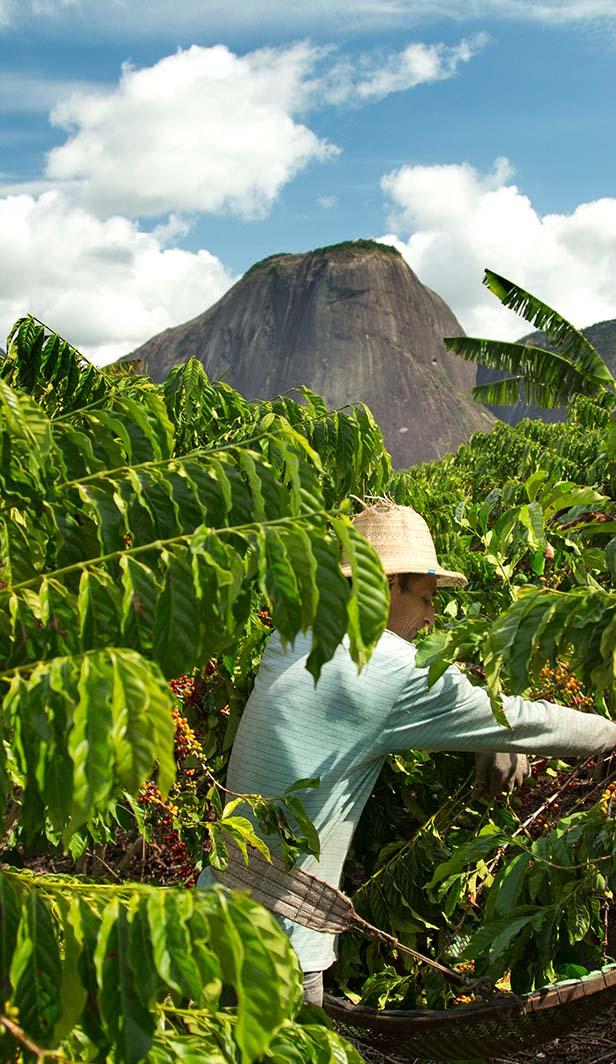Discover a world of flavour

Single Country or origin

Lots, Microlots and Nanolots

What is blended coffee?

To blend or not to blend coffee
Blends, as the name suggests, are a mixture of various coffee beans sourced from different locations and processed together. The beans can be sourced from different regions within the same environmental area, or are sourced from totally separate countries around the world. The next time you sip a coffee in your local café, try and spot their house blends.
However, mixing the wrong single origin beans together can result in a bland or unpleasant taste. Getting it right requires skill and wide-ranging knowledge. Mixing of coffee beans flattens out the more intense characteristics and also covers up its origin. Essentially, you are losing all the unique qualities of these individual coffees.

What makes single origin coffee special?
It mostly comes down to taste. However, that does not mean single origin coffee necessarily tastes better than blended coffees, but that each single origin coffee tastes different to others. Many factors influence the flavour, including coffee diversification, inputs, climate and processing. Each one of these factors is unique to its origin, and coffee flavour varies from country to country and region to region.
A very important characteristic of single origin coffee is how it is grown and cared for seasonally. Coffee tastes best when it is recently harvested. Single origin coffee will usually be very unique since it comes from one region. Many roasteries prefer to roast single origin coffee beans to a lighter roast so that the subtle notes of the coffee bean are more palpable and can be appreciated in coffee.

Which single origin coffee is best?
Again, this is down to personal taste. Countries that have historically imported coffee, like Belize and Cambodia for example, are both within the coffee sphere but are not coffee leaders by any means. Those which produce Arabica beans are often more favourable. The Arabica coffee bean grows at higher altitudes than Robusta coffee beans, and only under certain conditions. Countries such as Ethiopia, Guatemala, and Mexico have more mountain ranges and export a large amount of Arabica beans. Single origin coffee is unique and will make any coffee special. Discovering the right one for you will be sure to give you a coffee experience like no other.
Now that you know what single origin coffee is, learn more about different coffee types next.

Today’s community favourites




